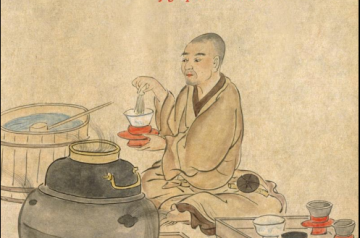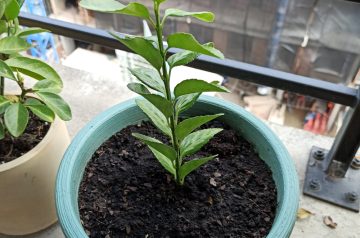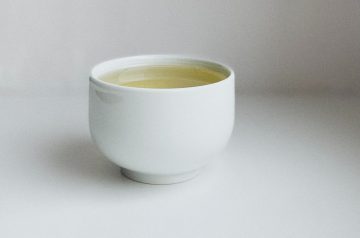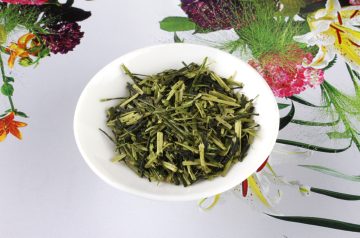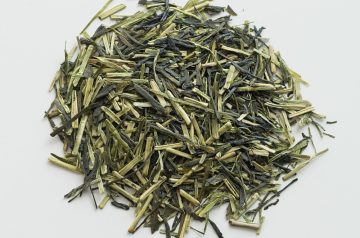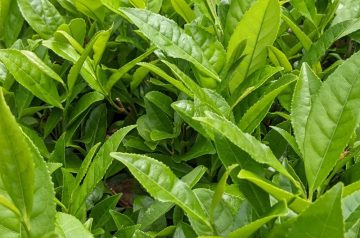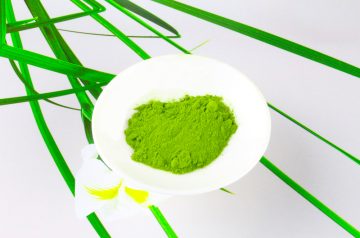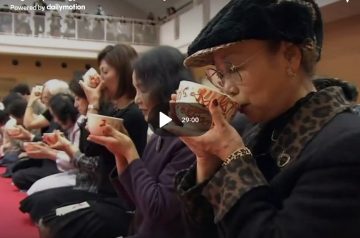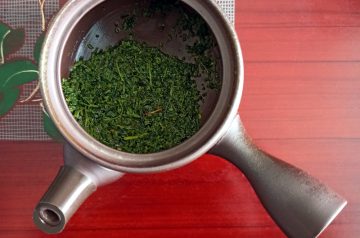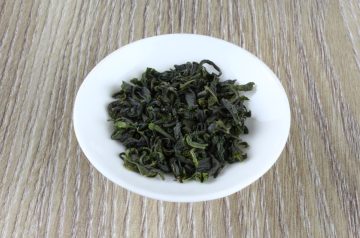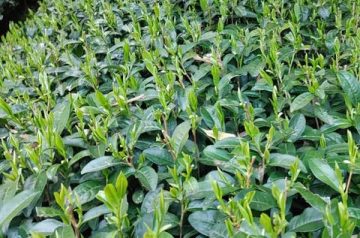This book written by William Wayne Farris is about 4 years old. It’s quite recent. While most books about tea include the history of Japanese tea in one way...
I Propagated My First Tea Plant
I have two tea plants in the same pot. They seem to be from the Assamica variety, but the specific cultivar is unknown. After taking care of them for...
I Love the Umami Taste of Green Tea
A tea with much umami taste feels savory, brothy and with more body than usual. I just can’t imagine going several days without drinking a tea that is high...
Nio Teas Gyokuro Kukicha
This is my first tea review of 2023. I chose a kukicha made from gyokuro stems because it’s not a tea that I drink often. This is an organic...
Sencha vs Kukicha
While these two types of Japanese green tea have a different appearance, their other attributes are somewhat similar. Green tea production inevitably results in a considerable amount of excess...
The Yamakai Tea Cultivar
Yamakai (やまかい、山峡) means “ravine”. The name of this cultivar comes from the fact that it has a color similar to mountain tea. It’s suitable for sencha, kabusecha and gyokuro....
River & Stone Tea Asahi Matcha
River & Stone Tea mills their own matcha in the US. They import the tencha from Uji. I’ve tried freshly milled matcha at the World Tea Expo, but this...
Begin Japanology – Tea Ceremony (Video)
While I’m not a practitioner of the Japanese tea ceremony, I’ve always found it interesting. This video is an episode from an NHK television program that aired in 2009....
Swirling the Teapot while Brewing Tea
Swirling a teapot means to move it in a circular motion. In Japan, this is generally not advised. The reason is that your tea may become too bitter. But...
Tezumi Takamura Kamairicha
It’s been years since I’ve tasted a kamairicha. This type of Japanese tea is uncommon. Thanks to Tezumi I’ll review this one from Kumamoto prefecture, one of the two...
The Komakage Tea Cultivar
Komakage (駒影) can be translated as “horse shadow”. There’s very few information about this cultivar online, and I haven’t tasted it yet. However, there’s an interesting reason behind its...
If I had an Unlimited Budget for Tea
Recently, the US dollar has appreciated so much against my local currency that imported goods are more than twice as expensive as before. It’s very depressing. But dreaming is...

